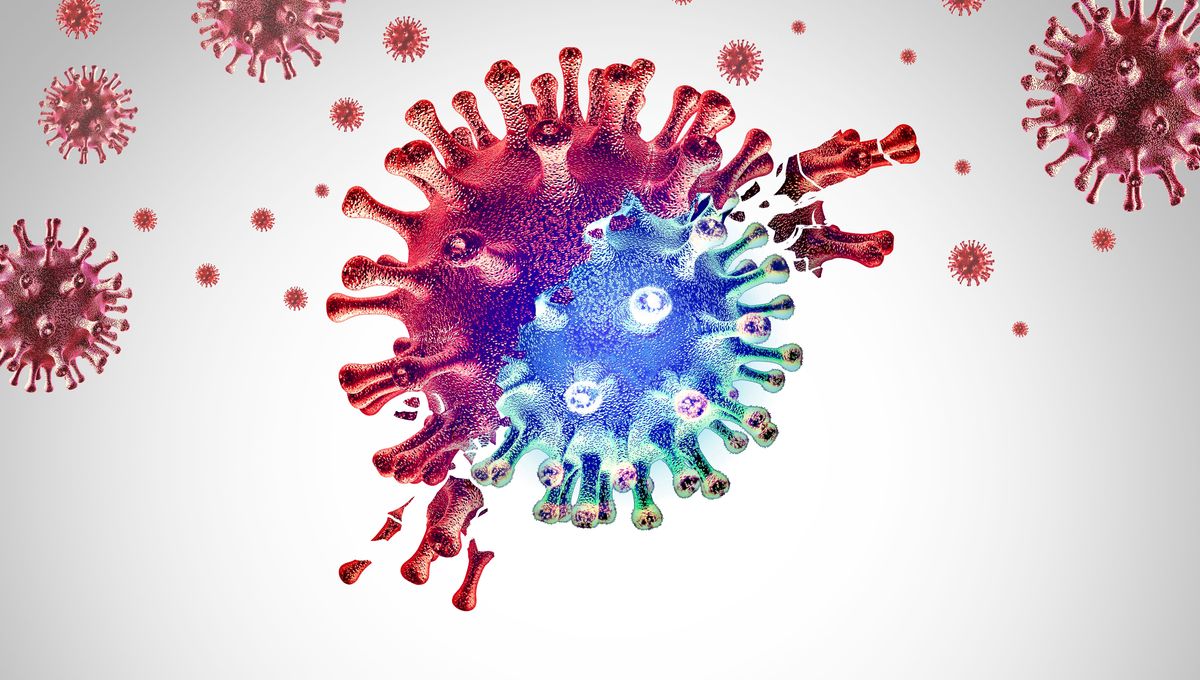
Seasonal flu is a bit of a guessing game. A very scientific, high-stakes guessing game, but still. We can never know for sure exactly how a flu season will play out, so scientists make predictions based on the season in the opposite hemisphere of the globe, and use their best guesses of which virus strains will proliferate when formulating vaccines.
This season was forecast to be slightly less severe than the brutal one of 2024-25, which saw among its grim milestones the most pediatric deaths in a non-pandemic year since 2004. But an emergent flu strain could put paid to any optimism experts might have been feeling. It’s called subclade K.
Subclade K is a variant of H3N2 influenza, which is a familiar seasonal scourge for humanity. Last year, it was co-circulating with H1N1, and was thought to be the major driver behind the large number of more severe infections that were recorded.
As reported by VaccinesWork – an initiative of Gavi, the Vaccine Alliance – early indications seemed to suggest that the 2025-26 season would be more moderate than last year’s, one reason being that “it is uncommon to have two severe flu seasons back-to-back.”
Moreover, data from the Southern Hemisphere suggested that vaccines roughly halved outpatient visits and hospitalizations, indicating that the vaccines were a decent match to this year’s viruses and could have a strong impact on disease burden. If people actually go and get vaccinated, that is.
However, as the Northern Hemisphere flu season started to rev up, there were some concerning patterns emerging.
Japan has seen an unusually early and rapid spread of infections this year, with Japan Today reporting that cases have hit “warning levels” at the fastest pace in a decade – that equates to anything over 30 cases, on average, per health facility.
In the UK, too, the flu season has got out of the blocks early. A spike in cases coming weeks earlier than usual “has led to concerns the UK may be on track for one of its worst flu seasons ever,” writes Conor Meehan, Associate Professor of Microbial Bioinformatics at Nottingham Trent University, for The Conversation.
The largest proportion of infections is currently among schoolchildren. Government data at the time of writing show that as of November 4, 37.8 percent of lab tests in the 5-14 age group were coming back positive. This time last year, the figure was closer to 7 percent.
With that, it’s understandable that US authorities would also be concerned about a potentially harsh flu season to come. “We’re here mid-November seeing the beginning of an uptick that’s actually mirrored by what we’ve seen overseas,” Duke University professor Cameron Wolfe told The Hill.
Subclade K has come under the spotlight because it has emerged since the vaccine strains were selected for this year’s shots.
“The current circulating influenza A(H3N2) virus acquired seven new mutations over the summer, which means the virus is quite different to the A(H3N2) strain included in this year’s vaccine,” Dr Antonia Ho of Glasgow University told VaccinesWork.
Data already shows that subclade K is becoming a dominant virus strain – most cases in the UK right now are H3N2, with a vast majority being subclade K, according to a preprint produced by the UK Health Security Agency (UKHSA).
However, the same dataset also provides some cause for optimism. “The early findings confirm the vaccine provides important protection even though a drifted influenza A(H3N2) strain (also now known as subclade K) currently dominates cases in England,” UKHSA said in a statement.
In children, they found that this year’s vaccine is so far 70-75 percent effective at preventing hospitalization. In adults it is sitting at 30-40 percent, which may not sound great, but it’s within expectations for a seasonal flu vaccine.
Getting your flu shot doesn’t just protect you, though. And with a potential immunity-dodging strain like subclade K running rampant, it’s just as important as ever to consider getting your vaccine if you haven’t already.
“We don’t claim the vaccine to be perfect, it’s not, [but] it works better at keeping you out of the hospital, the intensive care unit and helping keep you out of the cemetery,” Dr William Schaffner of Vanderbilt University told The Hill.
Source Link: Heard About “Subclade K” Flu? We Explore What It Is, And Whether You Should Worry